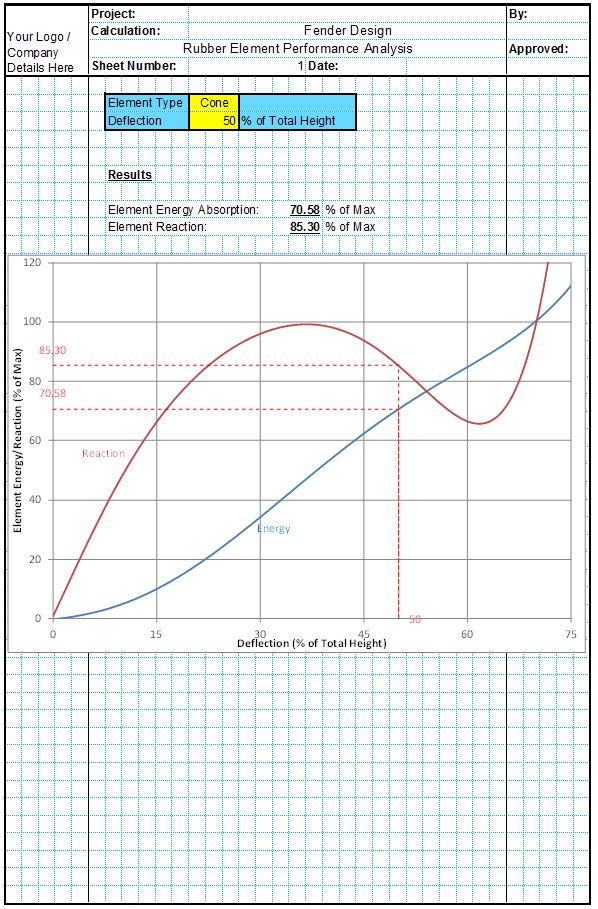In order for the cathodic protection system to work all steel surfaces being considered must have full cathodic protection electrical continuity. If they do not have electrical continuity, each section must be designed as a standalone design separate from any others, even if they are part of the same structure. The same principle of electrical continuity applies to the anodic material also. It must be installed in such a way as to ensure electrical continuity is achieved between the anodic material and the steel surface being protected.
The CivilWeb Cathodic Protection Design Spreadsheet can be used to calculate fully compliant cathodic protection systems for any size structure. If a lack of cathodic electrical continuity means that the structure must be designed in several parts, separate calculation sheets can be used to design each system separately.
Ensuring Cathodic Electrical Continuity
To ensure that two parts of a structure are electrically continuous the following joining methods can be used;
- Welded Connections. This can include a tack weld across bolted joints.
- Cold Forged Connections
- Metallic Seals
- Threaded Connections (without coating)
Small components of less than 1m2 surface area connected with bolts or clamps can be protected by the main structures anodes. However an electrical resistance of less than 0.1 ohm to the anodes must be verified.
Typical causes of discontinuity in complex structures include;
- Bolted connections between coated components. The coating often provides enough dielectric strength to isolate the fasteners and the components from each other. In some cases the coatings can be removed in the vicinity of the connection to ensure electrical continuity between the two components. There are also some coatings on the market which are conductive.
- Fluorocarbon coated fasteners. These are used to provide a predictable torque response and can isolate the fastener as the fluorocarbon coating is dielectric. The coating is often damaged during installation leaving the unprotected fastener vulnerable to corrosion.
- Articulated joints. This often results in discontinuity across the articulation mechanism.
Where a new structure is being designed the electrical continuity of steel elements should be considered early in the design process. Electrical continuity can be ensured by including steel reinforcing bars of an electrically suitable size cast into the concrete structure between steel piles, for example. These should be welded to the steel elements to ensure electrical continuity.
Where this is not possible an external cable or continuity system should be installed. Where relative movement is expected between components such as at expansion joints or fenders, continuity cables will need to be flexible to accommodate the expected movement.
Where isolated structures such as mooring or berthing dolphins are present, these should be connected to the main structure with submarine cables or other suitable bonding. Where this is not practical, the isolated structure will require its own standalone cathodic protection system designed separately from the main structure.
For buoys or other moored structures steel anchor chains are usually sufficient to provide electrical continuity. This should be verified after installation.
Where the structure may be permanently or temporarily connected to neighboring structures, each structure should be fitted with its own standalone cathodic protection system. These should both be checked before the structures are electrically connected. If one of the structures is not protected by a cathodic protection system this can dilute the effectiveness of the other structures cathodic protection when they are electrically connected. An assessment should be made to assess the effects of connecting the two structures on the cathodic protection system.
Electrical Continuity Cables
Where these connections are not present or where it is not possible to connect the anodic material using one of these methods (for example when the anodic material is to be clamped to the structure), electrical continuity can be achieved by connecting a stranded cable, usually copper, to the two parts of the structure or from the anode to the structure.
Any cables used to ensure electrical continuity should have a minimum cross section of 16mm2. They can be attached by brazing, friction or explosion welding, or by a suitable mechanical connection. This can include using serrated washers which provide a reliable electrical connection at bolt heads or washers. Any cable shoes should have a brazed connection to the cable.
If continuity cables are included in the cathodic protection design, the electrical continuity should be verified after the cables are installed. In general the connection resistance multiplied by the current demand should not exceed 10% of the design driving voltage. The resistance across a continuity cable should not exceed 0.1 ohm.
Special provisions are required for anodes protecting reinforcing steel within concrete structures.

